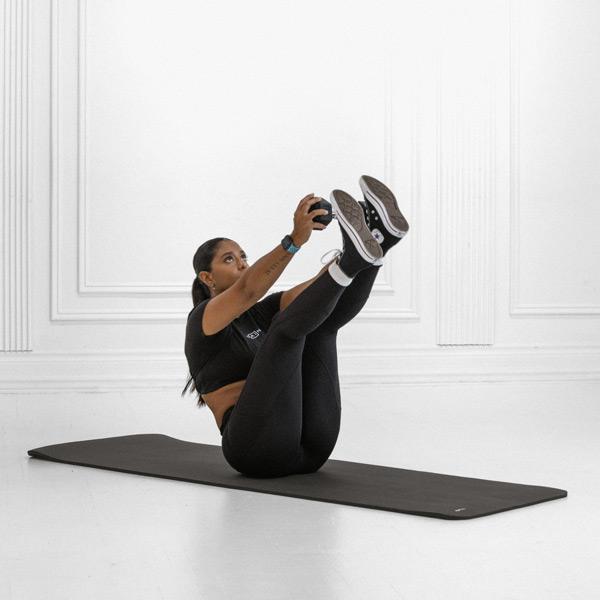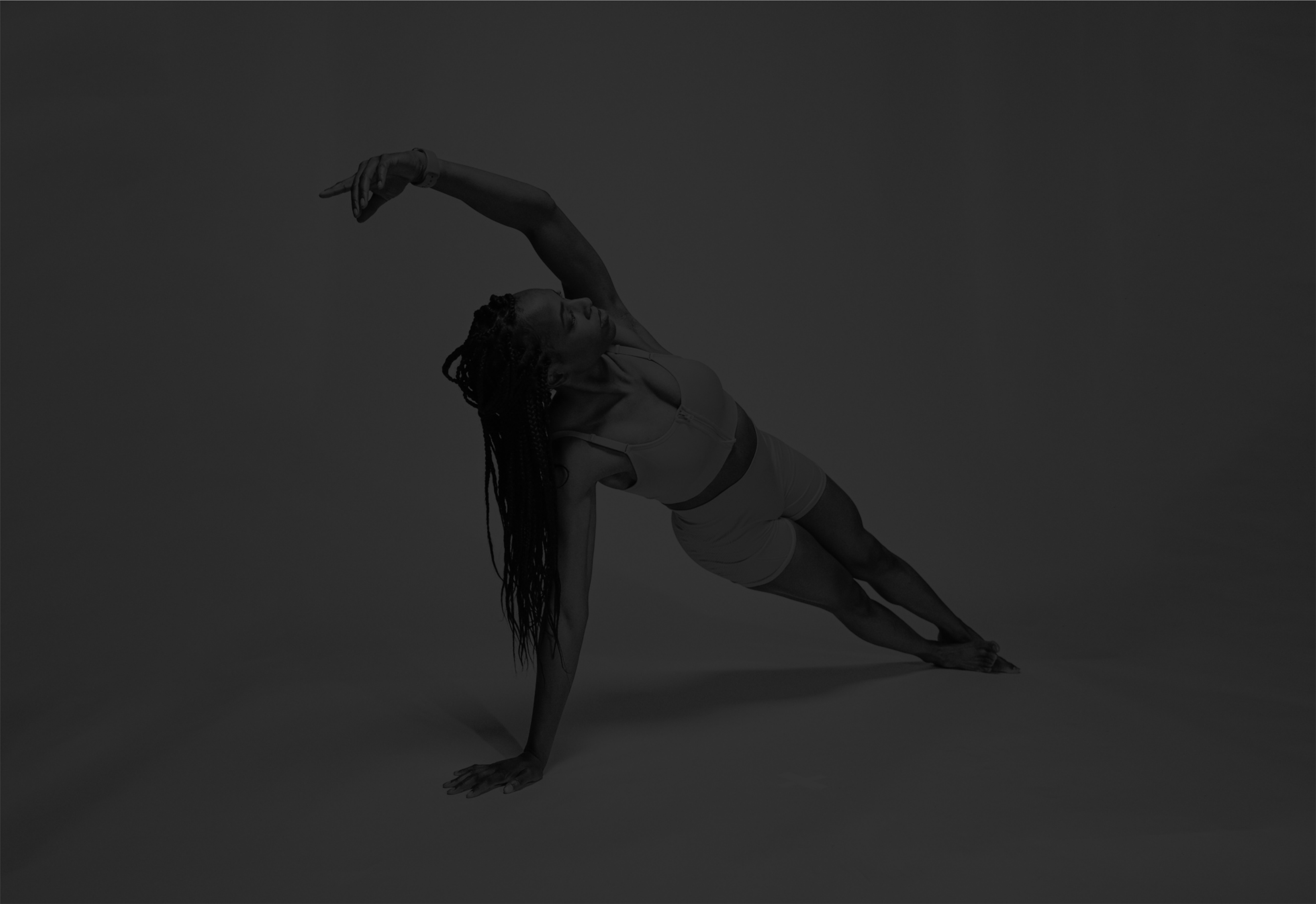V-Sit
 Auto Detected
Auto DetectedBodyweight core exercise forming a V shape by lifting torso and legs, targeting rectus abdominis, obliques, and hip flexors to build stability and strength; held isometrically for time.
About Exercise
Equipment
Difficulty
4/5 • Intermediate
Primary Muscle Groups
Abs, Obliques
Secondary Muscles
Quads, Lower Back
Popularity Score
7
Goals
Training Style
Setup Requirements
Requires Rack
No
Requires Bench
No
Requires Spotter
No
Space Needed
Small
Noise Level
Low
Muscle Breakdown
View Muscle MapAbs
10/10Rectus Abdominis, Transverse Abdominis
Obliques
8/10External Obliques, Internal Obliques
Hip Flexors
7/10Iliopsoas
Quads
4/10Rectus Femoris
Lower Back
3/10Erector Spinae
Programming
Typical Rep Range
1-5 reps
Rest Between Sets
30-60 seconds
How to Perform
Sit on the floor with legs extended straight in front and hands beside hips for support. Engage core and lean back slightly to prepare.
- Lean torso back while lifting straight legs to 45 degrees, forming a V shape on tailbone.
- Extend arms forward parallel to ground or reach toward shins.
- Hold position with straight back and engaged core.
- Breathe steadily while maintaining stillness.
- Lower torso and legs with control to start, keeping tension.
Coaching Tips
Form Cues
- Keep back straight
- Engage full core
- Balance on tailbone
- Shoulders away from ears
- Eyes forward
- Legs together straight
Breathing
Inhale deeply to prepare, exhale to engage core and lift; breathe continuously during hold.
Tempo
2-10-2
Range of Motion
Torso lifts to 45 degrees from floor, legs straight at 45 degrees; full spinal extension without rounding.
Safety
Safety Notes
- Avoid if acute back or neck pain
- Consult doctor for spinal issues
- Stop if sharp pain occurs
- Modify for pregnancy after first trimester
- Prioritize form over hold time
Spotting
No spotting needed; use self-assisted variations for beginners.
Common Mistakes
- Rounding lower back
- Hunching shoulders
- Using momentum to lift
- Holding breath
- Dropping legs too low
When to Avoid
- Lower back pain
- Neck issues
- Recent abdominal surgery
- Pregnancy after first trimester
Flexibility Needed
- Hamstring flexibility for straight legs
- Hip flexion range
Build Up First
- Basic core engagement
- Hollow hold proficiency
Also known as
Boat Sit, V Hold
Found this helpful?
Share your thoughts or help us improve this guide.
Similar Exercises

Dumbbell V Sit

Dumbbells
Abs

Dumbbell V-Sit Cross Jab
Dumbbells
Abs

Stability Ball V-Up
Stability Ball
Abs

L-Sit
Bodyweight
Abs

Oblique V-Ups
Bodyweight
Obliques

Kettlebell V-Up
Kettlebell
Abs

Decline Sit-Up
Decline Bench
Abs

Dumbbell Sit-Up
Dumbbells
Abs

Sprinter Sit-Up
Bodyweight
Abs

Standing Side Bend Stretch
Bodyweight
Obliques


subscribe to our newsletter
Contact Us
hello@trainfitness.aiFind Us
130 Spadina Avenue, Toronto,
Ontario, M5V 0H4, Canada
©2025 All Rights Reserved
